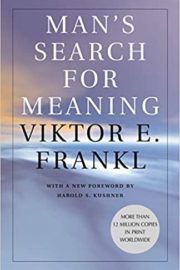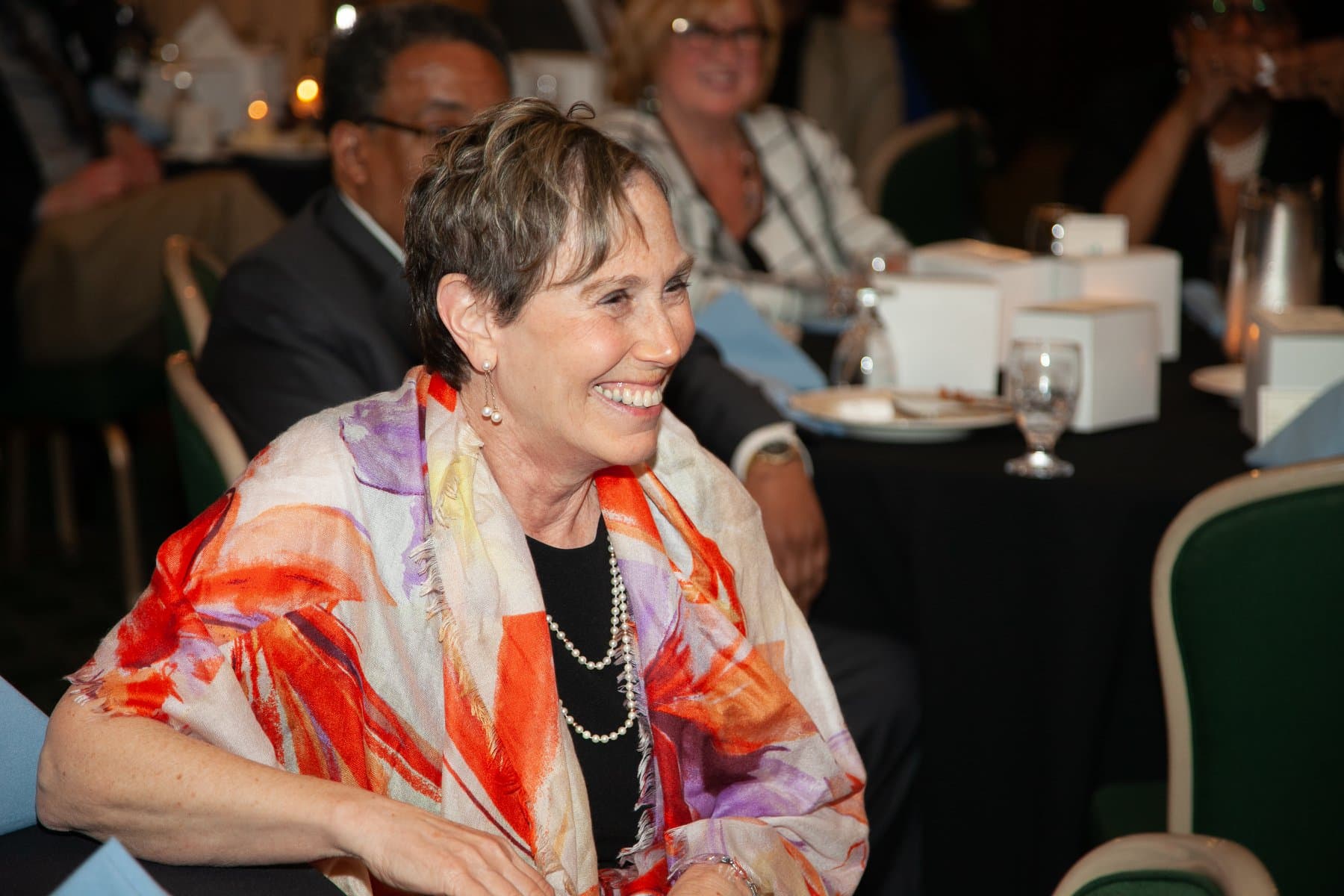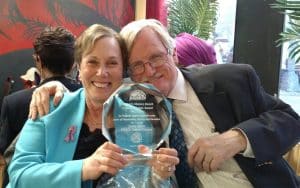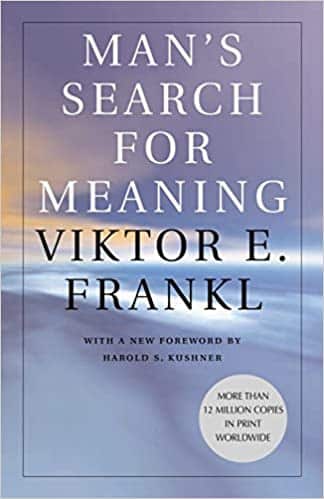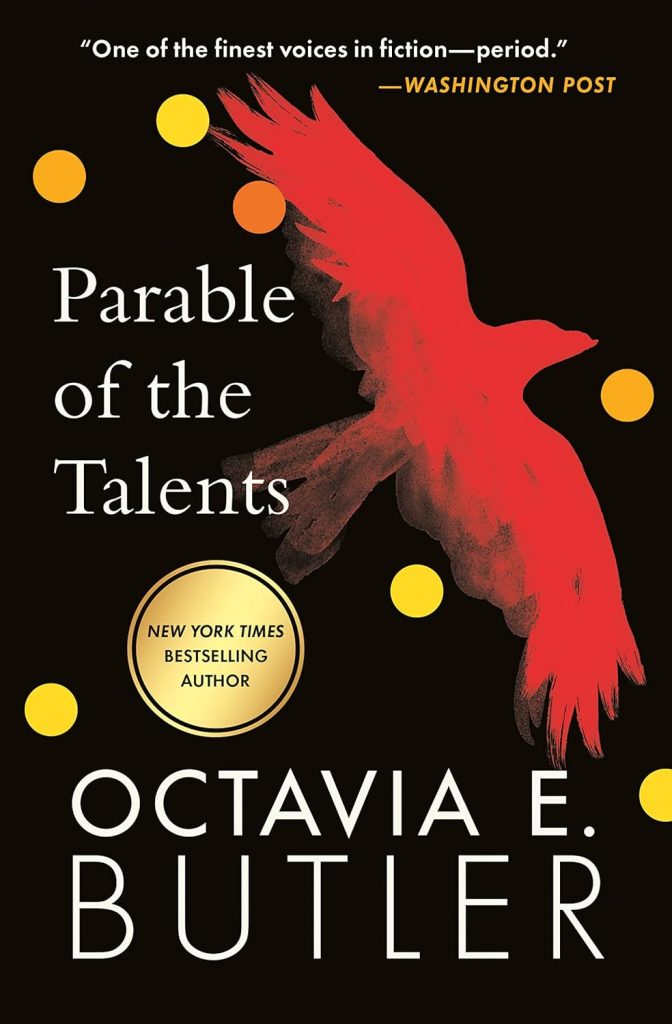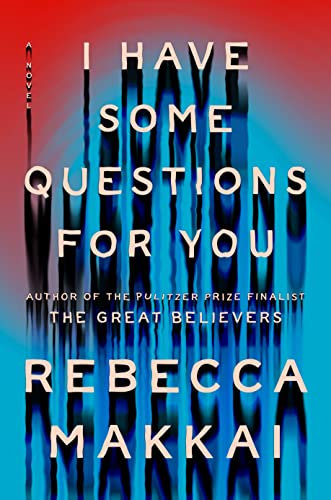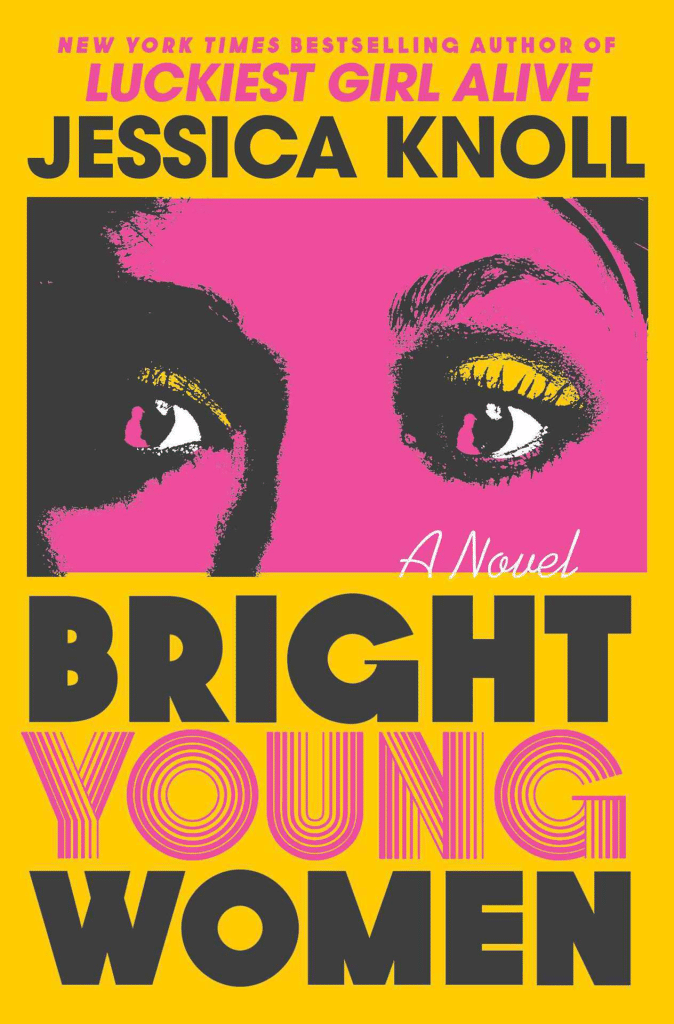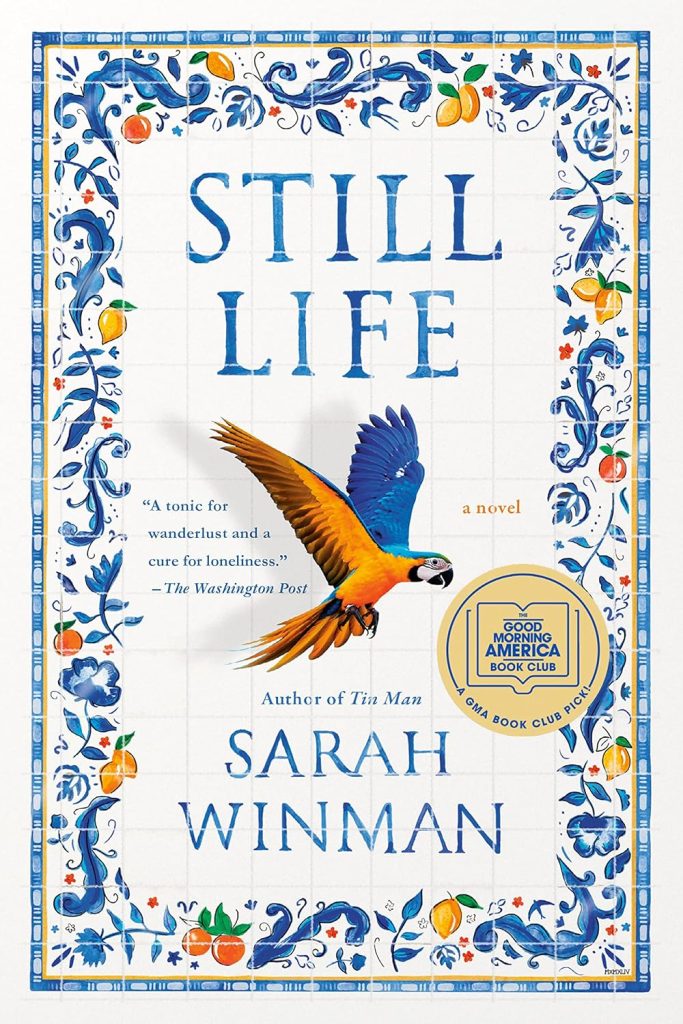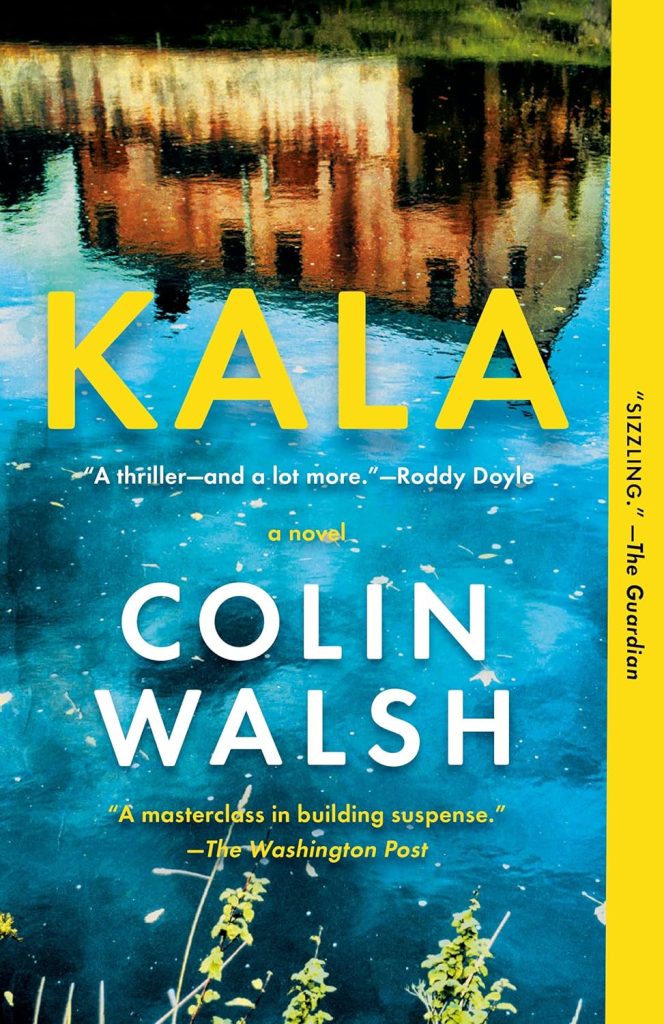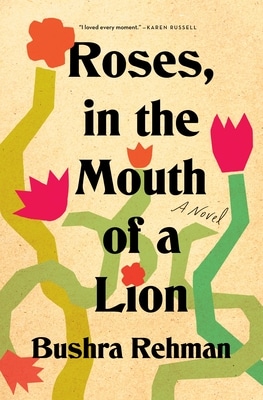I remember reading portions of Man's Search for Meaning by Viktor E. Frankl at different times, but I never finished the book. However, recently, eight and a half months after the passing of Jan, the book came up for discussion in one of my groups. Frankl's theory of logotherapy, which derives from the Greek word for "meaning," centers around the idea that the primary human drive is not pleasure, as Freud believed, but rather the search for what gives life meaning. I now have a framework for my life without Jan.
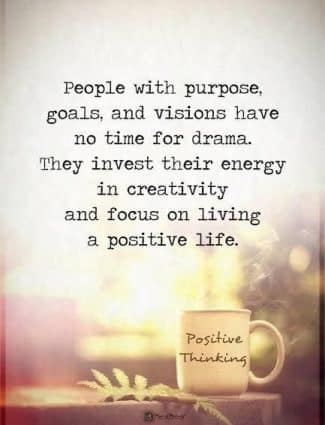
Purpose and Meaning
Estimated reading time: 1 minute, 11 secondsI have often written about purpose and meaning. Some readers may think of it as a multi-vitamin.
Take one, and I will be on the correct path.
It is a cumulative process that builds one day at a time.
Karen Joy Fowler writes in Booth,
Whatever native talents he has, Lincoln attributes entirely to his first mother’s bloodline. That he was allowed to make something of them is the work of his second mother. He credits his father with none of it.
I credit my native talents to my family and the values I learned.
Finding Jan, the woman with the other half of my soul, allowed me to make something of those talents.
Jan not only loved me but had confidence in me.
Purpose and meaning is the path I have traveled throughout my life.
Without Jan, I only have one path to continue my life journey.
The Jan Lilien Education Fund sponsors ongoing sustainability and environmental awareness programs. Gifts made this month; I will match dollar-for-dollar. All donations are tax-deductible.
I receive a commission when you buy a book or product using a link on this page. Thank you for supporting Sharing Jan’s Love blog.
